What Parts Do You Need to Go With a Flue Liner?
When it comes to lining or relining a chimney, many people immediately think of the need to buy a new flue liner. That’s great! However, it’s important not to overlook the other components you may require. If you want to find out what those components are, then keep reading. This is Trade Price Flues’ guide to the parts you need to go with a flue liner…
What do we mean by a flue liner?
Let’s kick things off with a definition. As we’ve written previously, there are a number of different ways in which a chimney flue can be lined.
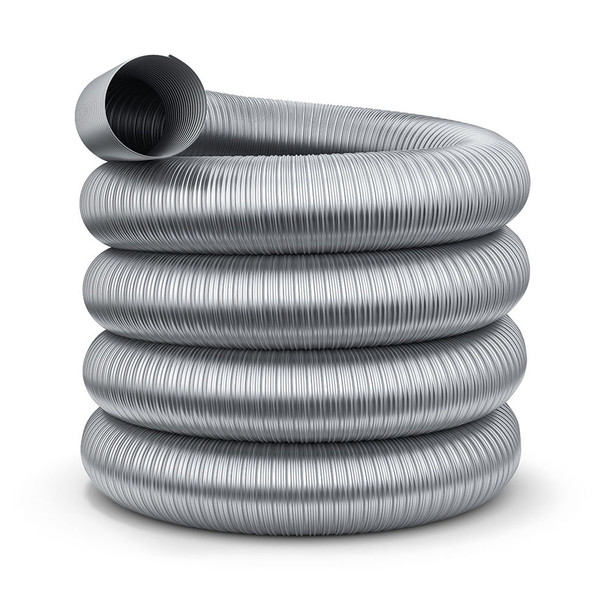
Shop Now - Flexible Metal Chimney Flue Liners
For the purposes of this article, we’ll be talking about flexible metal flue liners. Not only are these now the most common ways of lining/relining a chimney, but they have a wealth of benefits and are easy to install - especially compared to some other chimney lining methods out there.
An important caveat
Before we go on, we want to make you aware of an important caveat.
This guide is intended to be a general overview of the parts that are needed for a typical chimney liner installation.
Every installation is different and is affected by the type of chimney being lined, the appliance that is being connected to the flue liner and more.
As such, you may find that your own particular installation project requires different or additional parts than those we have included in this article.
As we say - this is merely intended to be a broad overview of the topic and isn’t intended to be the first and last word on flue liner installation!
What parts do I need with a flue liner?
Once someone has chosen the correct flue liner to match their appliance or open fireplace, this is the most common question they ask: “what parts do I need with a flue liner?”.
The Trade Price Flues team has provided our answer below. We’ve described the parts you’ll need roughly in the order of installation (but, bear in mind the caveat above, every installation is different!).
Chimney pot
Many people think they can skip this part, and sometimes they can, but it’s important that you check that your current chimney pot is fit-for-purpose.
In a typical flexible flue liner installation, the chimney pot acts as the ‘base’ for the flue liner. As such, you want it to be in good condition.
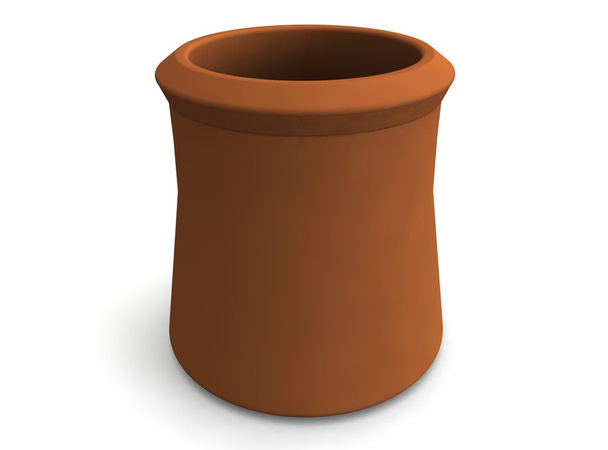
Shop Now - Chimney Pots
Think of it this way; a flue liner installation, whilst being straightforward, isn’t something you’re going to want to do all the time.
Here at Trade Price Flues, many of our flexible metal flue liners are guaranteed for as much as 30-years. So, if you’re going to be installing a new flue liner with that kind of life span, you’ll want your chimney pot to be able to last for a similar length of time.
Therefore, it can be wise to invest in a new chimney pot at the same time as a new flue liner.
Pot hanger
The next part that is usually required in a typical flue liner installation is a pot hanger (sometimes called a suspending cowl).
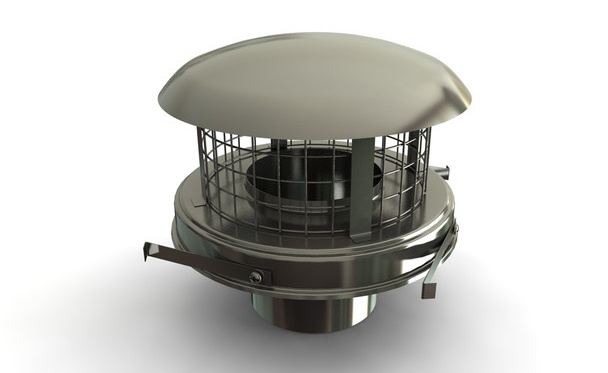
Shop Now - Pot Hangers
Pot hangers come in varying shapes and styles and with various features - but regardless of these differences, they fulfil the same function; connecting to the flue liner and sitting atop the chimney pot, acting as an anchor.
The flue liner then dangles down the chimney flue cavity before connecting to the appliance or chimney gather at the base of the chimney cavity.
Top plate and clamp
An alternative to using a pot hanger to anchor a flue liner in place is to use a top plate and clamp.
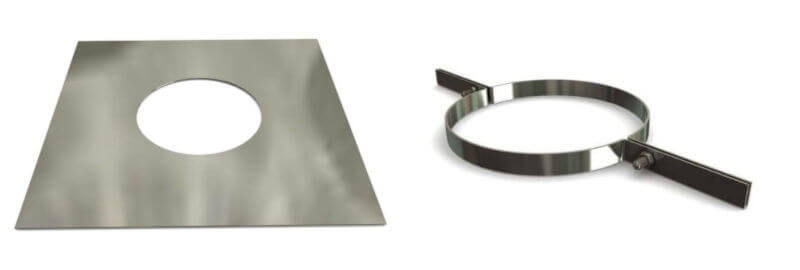
Shop Now - Top Plates and Clamps
A top plate is a flat, square piece of metal with a hole in it, which is placed over the entrance to the chimney cavity at the top of the chimney. The flue liner is then fed through the hole in the top plate and secured in place using a clamp.
In many installation scenarios, the top plate and clamp configuration will then be covered with a rain cap or bird guard so that you don’t simply have a gaping hole at the top of your chimney.
Register plate
If you’re relining/lining your chimney and will be connecting the flue liner to a wood-burning stove that’s sitting within a fireplace, you’ll need a register plate.
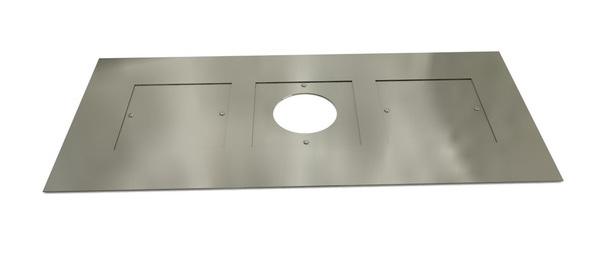
Shop Now - Register Plates
A register plate is a flat metal plate that is used to seal up the base of the chimney cavity. It will feature a circular hole which the log burner’s stove-pipe will pass through so that it can connect to the bottom of the flue liner.
Register plates not only prevent debris from falling into your fireplace, but also play an aesthetic role, as they create a sort of ‘ceiling’ within your fireplace above the stove.
Chimney gather
If you’re relining your chimney and have an open fireplace, then you’ll need to use a chimney gather rather than a register plate at the base of the chimney cavity.
A chimney gather fulfils a similar role to a register plate - in that it seals up the base of the chimney. However, unlike a register plate, a chimney gather will directly connect to the bottom of the flue liner. This is because a chimney gather is designed to ‘gather’ the smoke generated by your open fire and funnel it up into the flue liner.
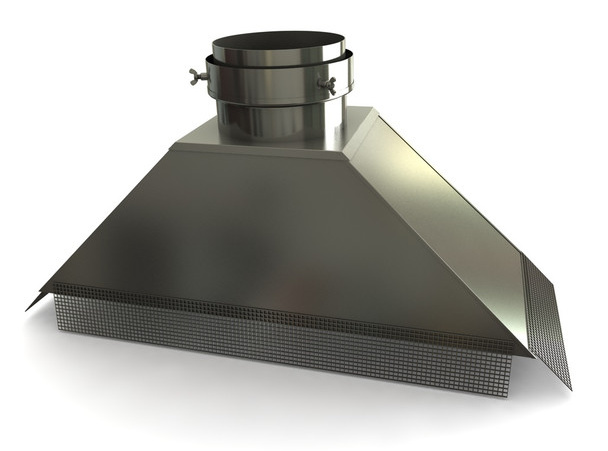
Shop Now - Chimney Gathers
Like many of the other parts detailed in this article, chimney gathers are available in a wide range of sizes and dimensions - so it should be straightforward to find a chimney gather that fits your installation scenario.
When it comes to connecting the chimney gather to a flue liner, it’s usually straightforward. Most chimney gathers incorporate a clamp into which the flue liner sits. Once in place, the liner is then secured using butterfly screws or other types of screws.
Stove-pipe
Should you be lining your chimney and you have a wood-burning stove, then you’ll need to buy a stove-pipe (if you haven’t already got one).
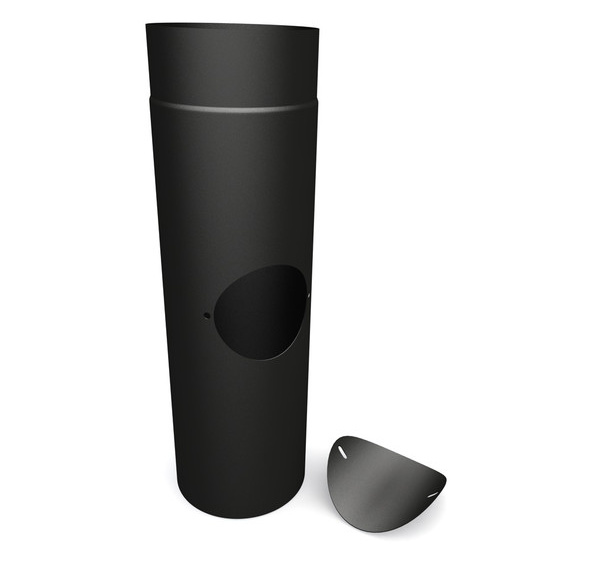
Shop Now - Stove Pipes
It’s the job of the stove-pipe to bridge the gap between your stove’s collar/outlet (which is normally a circular hole located at the top or rear of your stove) and the flue liner.
When selecting a stove-pipe it’s important that you buy one of the correct diameter. For example, if your stove has an outlet/collar which is six inches in diameter, then you’ll need a corresponding six-inch diameter stove-pipe.
Stove-pipe wall bracket
Another handy part that you’ll often need to accompany the installation of a flue liner is a wall bracket for the stove-pipe.
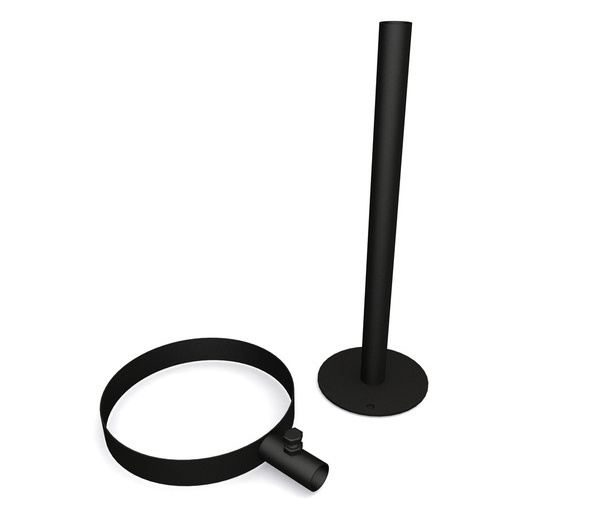
Shop Now - Stove Pipe Wall Brackets
A wall bracket - which loops around the stove-pipe and is affixed to the rear wall of the fireplace behind the stove - will help to fix the stove-pipe in place and prevent unwanted movement.
Remember, if the stove-pipe moves and becomes dislodged, this will result in smoke seeping into your living space. Something we’re sure you’ll want to avoid.
As with many of the other parts on this list, you’ll want to pick the correct size wall bracket. For example, if you have a six-inch diameter stove-pipe, then you’ll want a corresponding six-inch stove-pipe wall bracket.
Stove-pipe flue adapter
When installing a flue liner for a wood-burning stove, you’ll have to connect it to the stove’s pipe. You can do this using what’s known as a stove-pipe flue adapter.
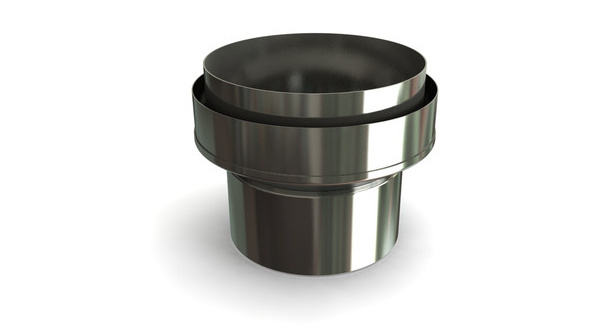
Shop Now - Stove Pipe Flue Adapters
As the name suggests, this is a cylindrical adapter which connects to the top of the stove-pipe. The majority of adapters connect to the stove-pipe using self-tapping screws.
The top of the adapter then normally features a ‘lip’ into which the flue liner is inserted. Once in place, the liner will then be secured using either standard screws or butterfly screws. (Note - in some flue liner configurations, the liner can screw into the adapter, which will have a threaded opening).
When selecting a stove-pipe adapter, it’s important that you pick one which has the appropriate diameters at either end. For example, the stove-pipe end of the adapter must correspond to the diameter of the stove-pipe. Likewise, the flue liner end of the adapter should correspond to the diameter of the flue liner.
Nose cone
Although flexible metal flue liners will typically ‘hang’ down the chimney cavity from the pot hanger, it can sometimes be a challenge actually dropping the liner down the cavity. This is especially true if you have kinks and angles within your chimney flue.
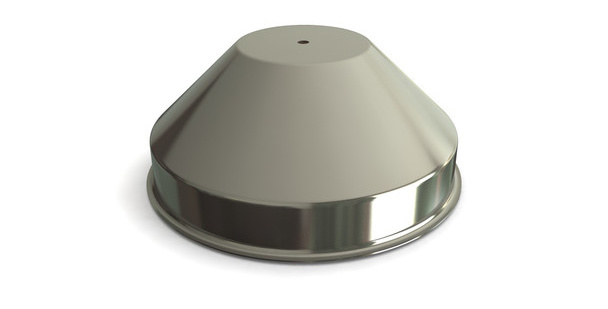
Shop Now - Chimney Flue Liner Nose Cones
A nose cone is the easiest way of solving this problem. You simply tape the nose cone to the bottom end of the liner, attach a piece of rope to the nose cone and use an individual at the bottom of the chimney to pull on the rope - pulling the chimney liner down to the bottom of the chimney.
The finishing touches
Those are the main parts that you’ll generally require to go with a flue liner. However, there are a number of extra parts and accessories that will come in useful.
Fire cement
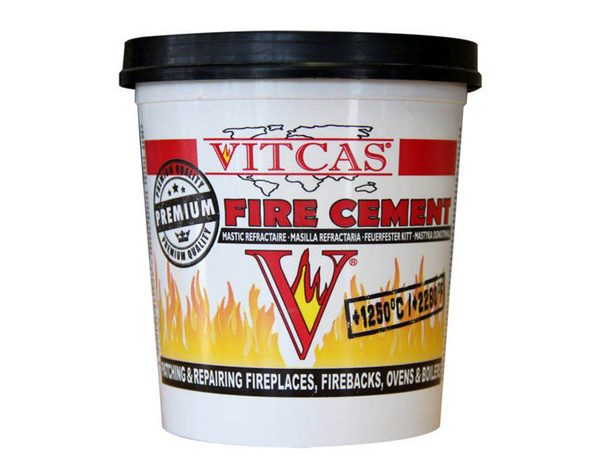
Shop Now - Fire Cement and Silicone
Fire cement is worth having to hand when you’re fitting a flue liner. It’s particularly useful for sealing any joints around your stove - especially where the stove-pipe connects to the stove collar.
Chimney insulation
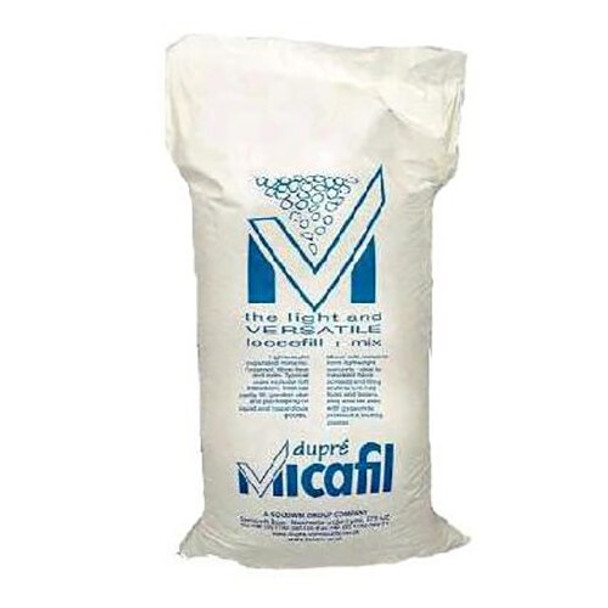
Shop Now - Chimney Insulation
Are you fitting a flue liner into an older class one chimney? Then you will benefit from insulating your chimney.
By using vermiculite to fill the air gap that exists between the outside of the flue liner and the inner walls of the chimney cavity, you can make your stove or fire far more efficient, creating a much better ‘draw’.
Chimney insulation sleeve
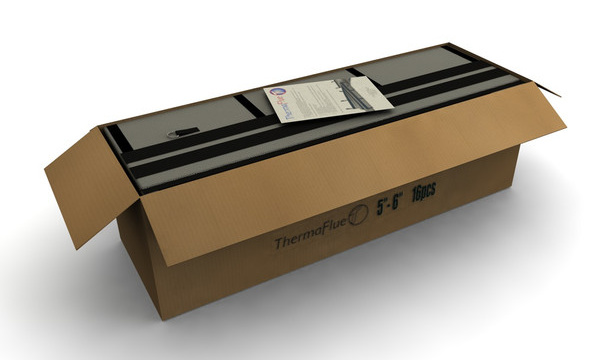
Shop Now - Chimney Insulation Sleeves
Whilst vermiculite is an effective way of insulating a chimney, actually pouring it down into the chimney cavity can be quite a laborious activity.
That’s why more and more people are turning to insulation sleeves to insulate their chimney.
As the name suggests, an insulation sleeve is like a ‘jacket’ which straps round the flexible metal flue liner.
Made of glass fibre fabrics coated with waterproof silicone, our ThermaFlue insulation sleeve is a quick and convenient way of providing enhanced insulation to your chimney.
Flue liner kits: the complete chimney lining solution
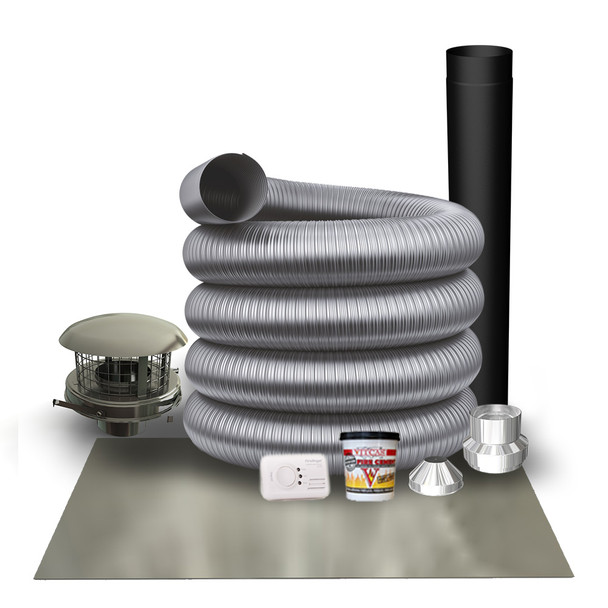
Shop Now - Chimney Flue Liner Kits
As you’ve just read, there are quite a few components you’ll need in addition to a flue liner. If you don’t want the hassle of picking out and purchasing each component individually, then there’s a great solution - Trade Price Flues’ flue liner kits!
We stock a huge range of flue liner kits, covering a range of installation scenarios, stove types and fuel types.
Explore our complete range of chimney flue liner kits now.
Need help? Then get in contact!
We understand that selecting the correct flue liner and associated parts for your chimney and stove/fireplace can sometimes be a complicated business.
That’s why we’re here to help. We have a team of friendly chimney experts who are on hand to answer any questions you may have. You can reach us at: sales@tradepriceflues.com.
Shop flue liners and related accessories at Trade Price Flues now
For more chimney and flue advice, read the Trade Price Flues blog…
Does My Chimney Need a Liner? | Chimney Liner Sizing Guide | How Do You Fit a Chimney Liner?
Latest Articles
-
Air Pollution Down in the UK Despite Record Wood Burner Sales
Great news! Wood-burning stoves, once considered environmental villains, have transformed into eco-f …18th Apr 2024 -
A Guide to Stove Installation in Lodges, Sheds, and Shepherd’s Huts
Shepherd’s huts, lodges, and sheds have become increasingly popular as charming retreats or alternat …25th Mar 2024 -
Pinned vs. Pinless Moisture Meters: Which is Best for Firewood?
When you collect or buy firewood, it usually starts very moist inside. Using sopping wet wood to bur …4th Mar 2024






